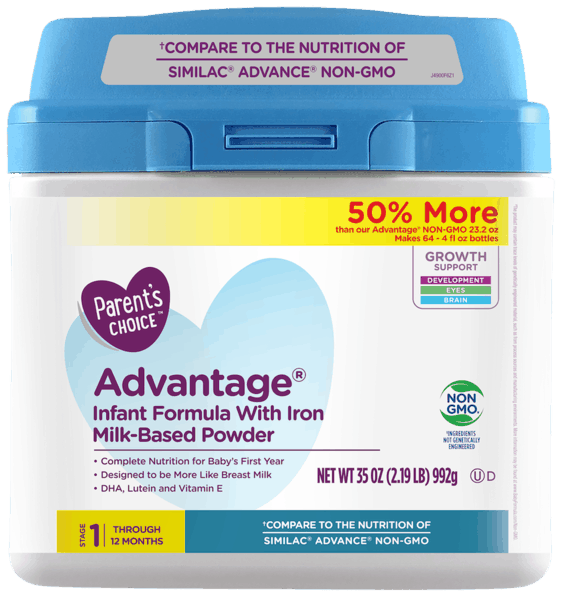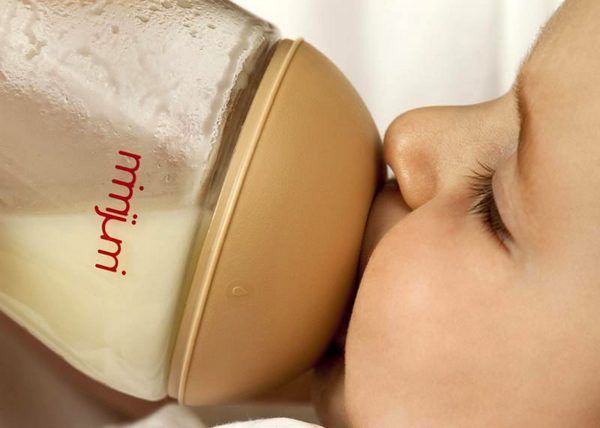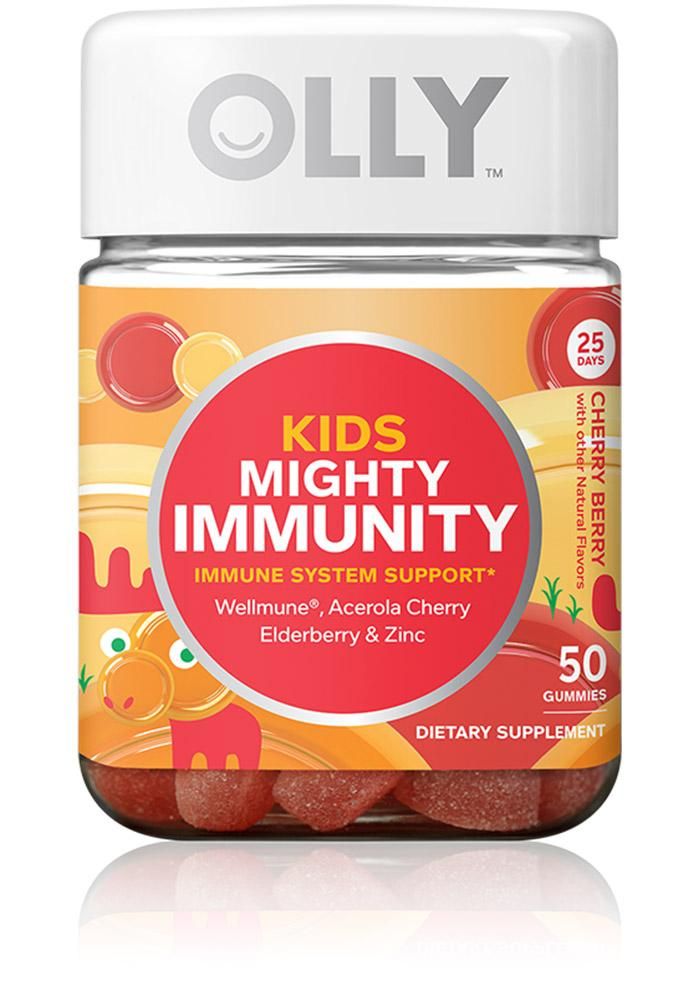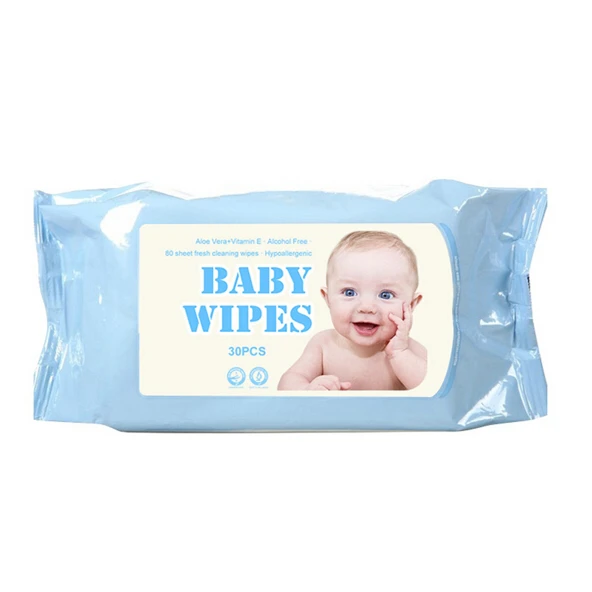Baby food texture guide
Guide to Infant Food Texture Stages
ARTICLES 4 months GUIDE TO INFANT FOOD TEXTURE STAGES
Progressing through textures is an exciting part of your baby’s food journey! Every baby is unique, so the rate at which they progress will vary. Start with smooth purees, then mashed foods, progressing to minced and chopped foods and soft finger foods as baby develops eating and chewing skills.
Here are some tips to help you along the way:
First foods (around six months, not before four months)
Given your baby has only had milk for around the first six months of their lives, their first foods will need to be smooth and pureed. Baby rice cereal is a good first food because it is enriched with iron. Cooked pureed meats, vegetables or fruit are also good first choices. Enjoy watching your baby as they learn to eat by moving food from side to side in their mouth before swallowing, some of the facial expressions can be very entertaining indeed! Don't worry if your baby doesn't take much to begin with, it certainly is a big change from milk.
From six months onward
Once your baby is getting used to and can swallow smooth and pureed foods, you can start to introduce thicker purees, finely mashed foods and then progress to mashes with small soft lumps. Most babies can learn to chew soft lumps even if their teeth have not come through yet. The trick is making sure these lumps aren't too hard or too big or your baby might struggle. A good rule of thumb is to make sure the lump of food is soft enough for your baby to squash between their tongue and the roof of their mouth.
Mashes and soft lumps will help your baby learn to chew whilst also stimulating and strengthening the jaw muscles needed for speech. Older babies can react negatively to different food textures, so by introducing these earlier on, you have a better chance of them being less likely to reject lumpy food later and developing an adventurous eater.
From eight months onwards
This is the age to introduce your little one to lumpier, more textured foods – think soft lumps, minced, grated and finely chopped foods.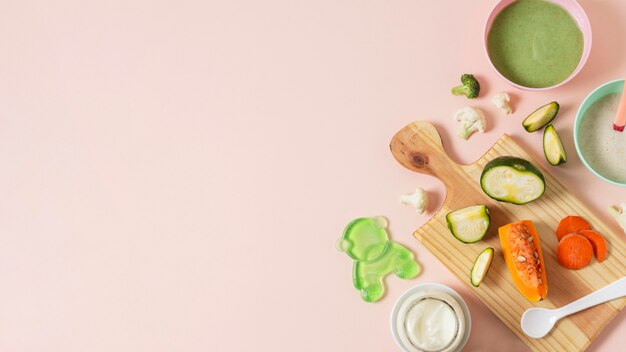 You can add these foods to mashed foods to start with if preferred. Some good options are cooked minced meat, soft chopped up foods like steamed pumpkin or small pieces of cooked pasta. Continue to offer a variety of iron-rich foods, vegetables, fruits and grain (cereal) foods every day.
You can add these foods to mashed foods to start with if preferred. Some good options are cooked minced meat, soft chopped up foods like steamed pumpkin or small pieces of cooked pasta. Continue to offer a variety of iron-rich foods, vegetables, fruits and grain (cereal) foods every day.
Finger foods can also be offered at this age which are great for learning to chew and to help with hand-eye coordination. Some finger food ideas are soft chopped fruit (skin and pips removed), cooked pasta, toast fingers, grated cheese, or cooked vegetable sticks.
Choking risks
It’s important to gradually increase the texture of your little one’s food to help develop their chewing skills. Make sure baby’s food is an appropriate soft texture and shape for their developmental stage and eating ability.
Young children with small air and food passages can easily choke, especially on small hard round foods. They are also still learning to move food around in their mouths and their biting and chewing skills are still developing.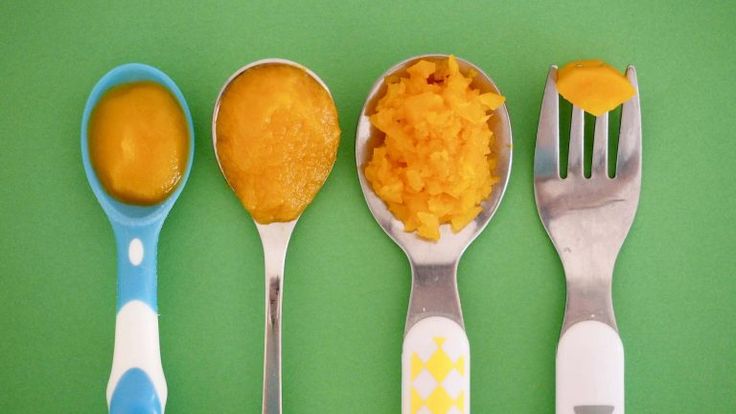
Some foods should not be given to young children under three years as they may lodge in your babies or toddler’s throat and cause choking. Examples of problem foods are hard raw fruit or vegetables such as apple, carrot and celery, round foods such as whole cherry tomatoes or grapes, rounds of cooked sausage and hard whole nuts. To reduce the risk, you can remove the high risk parts of the foods (skin and pips), cook until soft and finely chop or mash or use a thin spread of smooth nut butters.
Besides the above, the best thing you can do to avoid choking is to always ensure baby is sitting down and to keep an eye on your baby whilst they are eating.
References:
National Health and Medical Research Council (2012). Infant Feeding Guidelines. Canberra: National Medical Research Council.
The materials published on this website are of a general nature and have been provided for informational purposes only. Always consult your medical practitioner or a qualified health provider for any further advice in relation to the topics discussed.
Textured Foods: How to Transition Baby from Puree to Table Food
Is your baby refusing to eat food other than purees? Not sure how to introduce textured foods to your baby? Here are some expert tips from a registered dietitian.
Contents
When to Move to Textured Foods
Generally speaking, most babies are ready to transition from purees to textured foods between 6-9 months.
Is your baby 6 months old and up?
Learn all the secrets to starting solids safely while optimizing nutrition!
I NEED IT NOW!
If you decide to take the baby led weaning approach, then your baby will learn to handle textures from the start.
If you’re starting out with purees, it's best to keep this stage pretty short. That’s because research shows that infants who are introduced to textures by 9 months generally have less feeding problems and greater food acceptance down the road.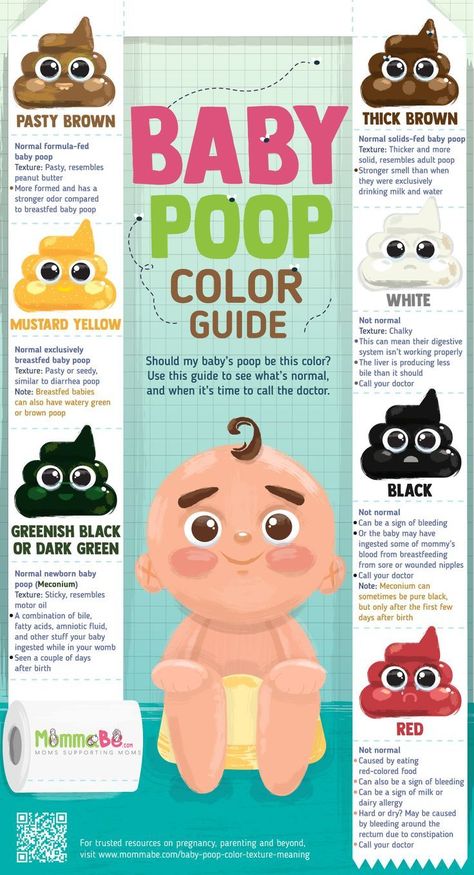
Therefore, you need to gently challenge your baby with new food consistencies. Otherwise, they will get used to just swallowing and not learn to move food around in their mouth and chew. All this leads to an increased aversion to textures.
If you haven’t decided which feeding method is right for you and your family, then check out this post - Starting Solids - Purees vs. Baby led weaning.
And remember, babies don’t need teeth to chew! It's amazing what their gums are capable of!
The Benefits:
- Increased acceptance of variety
- Strengthening of baby’s jaw muscles
- Promotes speech development
How to Transition to Table Food
First, if you've started on purees and feel stuck, allow me to guide you!
Every child is different and contrary to what you may have been told, you don’t necessarily have to introduce textured foods in any specific order or stages. Everything you see in the visual is appropriate and safe to serve to your baby.
But your baby or you might need the gradual progression. Perhaps your baby has a very sensitive gag reflex or other underlying issues. ALWAYS do what feels best and comfortable for you and your family. Just remember not to stay at any one stage for too long.
You can start by thickening the baby purees to encourage the use of the tongue and muscles in the mouth to start the chewing process. This can be accomplished by adding less water or liquid when pureeing.
If you've been spoon-feeding, try preloading the spoon (here's one that I highly recommend!) and either place on the table or hold it out for them to grab.
Then move onto lumpy to mashed to soft minced and chopped up foods along with soft finger foods. Here are easy ways to incorporate vegetables for babies 6 months and up!
Oatmeals/porridges are a great place to start. Try offering these oatballs. Add finely chopped vegetables or fruits to quinoa cereal.
Additionally, don’t think you can’t serve the previous texture once you move on. It’s important to continue exposing them to a wide variety of textures.
It’s important to continue exposing them to a wide variety of textures.
Safety Tips
- Always stay close to your baby.
- Make sure your baby is secured tightly in a highchair, sitting upright and not leaning back. Their feet need to be supported as well!
- Be sure to serve age-appropriate food size and texture.
- Avoid foods that are small and round (e.g. grapes, blueberries), hard (raw vegetables, nuts), or sticky (thick nut butter, candy) as they are choking hazards.
Is it going to be messy? Absolutely! As hard as it may be, learn to embrace it as it's SUCH an essential part of the self-feeding journey. In the meanwhile, here are some products that I recommend
What If your Baby Stops Eating
from my IG account: @kidfriendly.mealsBe Patient
It’s normal for your baby to resist texture at first because it’s unfamiliar and feels unsafe. While it's tempting to continue serving just purees, DON'T fall back! Keep marching forward otherwise your baby will never learn.
Of course you worry when your baby doesn't eat as much as you think they should, but by no means should you rush them or force-feed. You do need to gently and lovingly pressure/challenge them by continuing to offer.
Remember, learning to chew and swallow different textures takes time to master so keep giving them plenty of opportunities to practice in a safe, pleasant, and encouraging eating environment! That’s the best thing you can do!
Again, your baby is most likely not going to consume much, if any, at first. But remember, at this age, exploring all the different textures and advancing their oral motor skills (moving food around the mouth, chewing, etc.) is much more important than the amount of food that actually makes it into the belly.
With continuous exposure and practice, your baby will gain the skills and confidence needed to handle textured foods. And you'll be so glad that you stuck with it and didn't give in.
As you navigate through this challenging transitional period, I hope these reminders provide some much needed reassurance and peace of mind.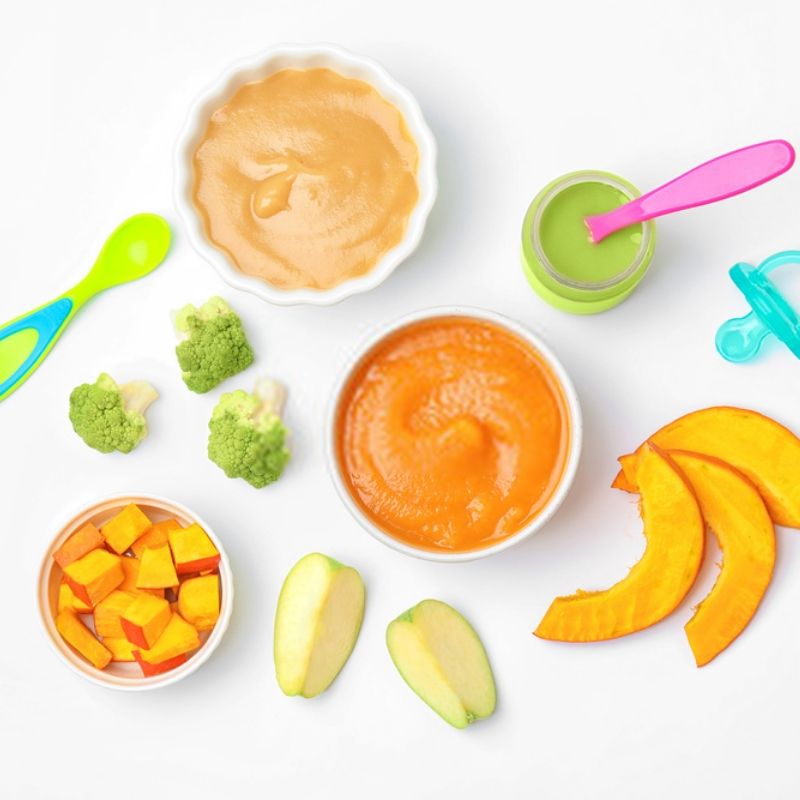
- Your baby’s appetite will vary from day to day.
- Their tummies are tiny so they don’t need much.
- Breastmilk/formula will continue to be the main source of nutrition during the 1st year. If your baby didn't eat much, you can offer milk about 30-45 minutes after the meal has ended (don't offer immediately after). That way they're still getting the nutrition they need, and they won't make the association of "ooh if I don't eat, mommy will give me milk!"
Gagging
Most likely, there will be a lot of gagging. This is again quite normal as your baby learns to handle new textures. It’s a safety mechanism that actually helps prevent choking and helps your baby in learning to manage food safely.
So don’t fall back on offering the safer purees. Again, gently challenge them to accept new textures and to learn to chew by offering a variety.
On the other hand, if the gagging persists and your baby is visibly upset then it’s best to consult with your physician to make sure there aren’t any other underlying issues, like oral motor delays, sensory sensitivity, or a medical condition, that need to be addressed.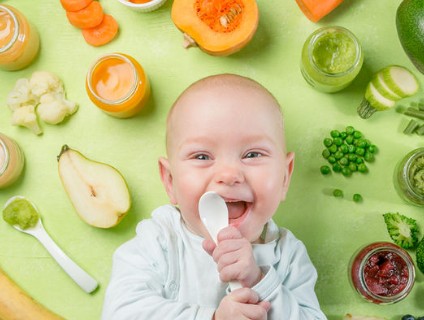
Spitting
As babies are learning to chew and swallow, they will likely spit out food that is too large to swallow. It's also a part of learning to chew. So don't intervene. Let it be.
Role Model!
It's important to keep the mealtime environment safe and positive. Offer different textured foods without pressure and encourage your baby's curiosity with exploring the food. The best thing you can do is have your baby join the family during mealtimes as much as possible. They learn so much from simply watching what you do. The more they see everyone enjoying their food, laughing, and having a grand ole time, the more they're going to want to be a part of it.
Show how you grab food with your hand and bring to your mouth. Exaggerate chewing with your mouth open. This is not the time to mind your table manners.
EACH and EVERY time your baby is exposed to new flavors and textures, they are learning and gaining confidence from it.
I want to leave you with this:
Be patient. Continue to offer a wide variety of textures (and flavors!). Trust the process! It's one bumpy ride and we need to be in it for the long-haul. And if you need a step-by-step guidance, check out my 3 month program below. It's complete with daily cooking demos, game plan, recipes, etc. to help you to move beyond purees!
Continue to offer a wide variety of textures (and flavors!). Trust the process! It's one bumpy ride and we need to be in it for the long-haul. And if you need a step-by-step guidance, check out my 3 month program below. It's complete with daily cooking demos, game plan, recipes, etc. to help you to move beyond purees!
Do you want to minimize picky eating and set a solid foundation for a lifetime of healthy eating habits?
Check out this 3 month mastering self-feeding program! It’s the closest thing to me being in your kitchen
4 in 1 baby food maker SCF885/01
4 in 1 baby food maker SCF885/01 | Philips Search Support IconSearch Keywords
Shopping Cart
There are currently no items in your shopping cart.
- {{#each curatedBundle.items}}
- {{#if miniCartProductpath}} {{/if}} {{#if miniCartProductpath}} {{/if}}
{{#if miniCartProductpath}} {{/if }}
{{#iff curatedBundleQuantity 'gt' '1'}} {{curatedBundleQuantity}} x {{/iff}} {{#if familyName}} {{familyName}} {{/if}} {{#if descriptor}} {{descriptor}} {{/if}}
{{#if miniCartProductpath}} {{/if}}
{{/each}} {{#if isPersonalizedBundle}}
{{#if curatedBundle.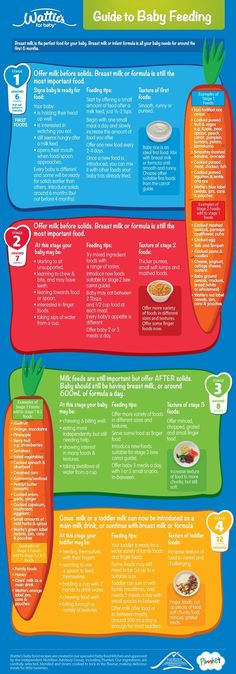 price}}
price}}
{{curatedBundle.price }}
{{curatedBundle.discountPrice}}
{{/if}}
{{/if}} {{#if isSubscriptionBundle}}
{{#if curatedBundle.displayPrice}}
{{curatedBundle.displayPrice}}
+{{curatedBundle.displayRecurringCharge.totalFormattedValue}} / {{curatedBundle.ratePlanDuration}}
{{/if}}
{{/if}} {{/if}} {{#if isBundle}} {{#each bundle}}
{{#if bundle.label}}{{bundle.label}}{{else}}Bundled Item{{/if}}
{{#if totalPrice}} {{#if formerPrice}}
{{formerPrice}}
{{/if}}
{{totalPrice}}
{{/if}}
{{/each}} {{/if}} {{#if isSingleItem}}
-{{discountValue}}
{{/if}}{{#if miniCartProductpath}}
{{/if}}{{#iff quantity 'gt' '1'}} {{quantity}} x { {/ff}} {{#if familyName}} {{familyName}} {{/if}} {{#if descriptor}} {{descriptor}} {{/if}}
{{#if miniCartProductpath}}{{/if}} {{#if sellerName}} {{soldBySiteText}} {{sellerName}} {{/if}}
{{#if totalPrice.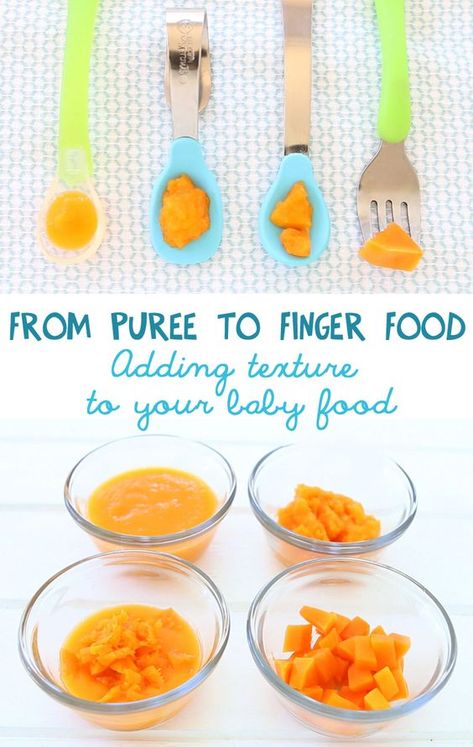 formattedValue}} {{#if formerPrice.formattedValue}}
formattedValue}} {{#if formerPrice.formattedValue}}
{{formerPrice.formattedValue}}
{{/if}}
{{totalPrice.formattedValue}}
{{/if}}
An error occurred while deleting an item from the cart. Try again
{{/if}} {{/each}}
{{#iff cart.attributes.pricing.orderDiscountNoDelivery.value 'gt' 0}}
Discount: - {{cart.attributes.pricing.orderDiscountNoDelivery.formattedValue}}
{{/ iff}}
Shipping cost: {{#iff cart.attributes.pricing.totalDelivery.value 'gt' 0}} {{cart.attributes.pricing.totalDelivery.formattedValue}} {{else}} FREE {{/iff }}
Subtotal: {{cart.attributes.pricing.total.formattedValue}}
{{/if}} {{#if price.formattedValue}}{{price.formattedValue}}
{{/if}} {{/iff}} {{#iff cardtype 'eq' 'errormsg'}}{{#iff status 'eq' '400'}} {{#iff code 'eq' 'MISSING_PARAMETER'}}
An error occurred while adding an item to the cart. Try again
Try again
{{/iff}} {{#iff code 'eq' 'BAD_REQUEST'}}
An error occurred while adding an item to the cart. Try again
{{/iff}} {{#iff source.parameter 'eq' 'quantity'}}
An error occurred while adding an item to the cart. Try again
{{/iff}} {{else}} {{#iff status 'eq' '412'}} {{#iff code 'eq' 'STOCK_EXCEPTION'}}
Unfortunately, the item you have selected is out of stock and cannot be added to your cart.
{{#iff code 'eq' 'SUBSCRIPTION_BUNDLE_EXIST'}}
Please make a separate purchase for additional subscriptions
{{/iff}} {{else}}
An error occurred while adding an item to the cart. Try again
{{/iff}} {{/iff}}
-{discount-value}
-{discount-value}
Buy bundle and save money Buy bundle and get 1 item free
Everything you need in one purchase
Set price
Skip
Choose one of the following: Choose one of the following products:
)
{{/if}} {{#if productTitle}}
{{#if productLink}}{{/if}} {{productTitle}} {{#if productLink}}{{/if}}
{{/if}}
Select
how to choose the right milk formula and which one is best for a baby?
WHO recommends that mothers exclusively breastfeed their babies until the age of six months. Despite the obvious health benefits of breast milk, many of them, for various reasons, cannot get it or do not get it enough. And then the mother has to study all the information about the features of infant formula, their composition and differences from each other.
Despite the obvious health benefits of breast milk, many of them, for various reasons, cannot get it or do not get it enough. And then the mother has to study all the information about the features of infant formula, their composition and differences from each other.
Infant formula has been developed and improved over the years to end up like breast milk. We will find out what kind of infant formula is available and how to choose an infant formula.
The national program provides for the possibility of mixed and artificial feeding with adapted milk mixtures. They are made from animal milk, which is modified in such a way that the components of the mixture, as a result, repeat the composition and properties of breast milk and correspond to the physiological needs of children in infancy and early childhood[1].
Types of infant milk formulas:
- standard or basic;
- treatment and prophylactic;
- medical.

Which infant formula is best? The answer depends primarily on the state of health of a particular child. It is important to remember that some children are not suitable for regular formulas, they need to eat formulas of specialized formulas: they are introduced to eliminate the symptoms of lactose intolerance, treat allergies to cow's milk proteins, reduce or stop spitting up, get rid of constipation and other problems.
All mixtures are given as prescribed by a physician. Despite this, parents should themselves understand the composition and features of artificial nutrition in order to clearly know which set of components the baby needs and better understand the recommendations of a specialist.
This is important
The first rule when choosing infant formula is to work with your pediatrician to find out what your baby needs and find out if the formula is right for him. The best infant formula is the one on which the baby gains weight normally and also feels good during and after feeding.
Types of infant formulas by age
Mixtures are selected not only by purpose, but also by age. According to the numbers indicated on the jars (packs), which are called steps, you can determine the stage of feeding:
- 1st stage (initial, or starting mixtures) - from 0 to 6 months;
- 2nd stage (subsequent mixtures) - from six months to 12 months;
- Stage 3 (milk drinks) - from one to three years.
Note that this is not the only possible classification. For example, among milk formulas there are universal "from 0 to 12 months", designed to feed a child throughout the first year of his life, and mixtures labeled "PRE" for premature babies.
Age-appropriate formulas are formulated to meet the nutritional needs of newborns, infants and toddlers and their ability to digest and absorb food. Mixtures vary greatly in the amount of proteins, fats, carbohydrates and minerals. And the transition to the mixture of the next step should be timely, because a lack of nutrients or, conversely, an “overload” with them can lead to health problems for the baby.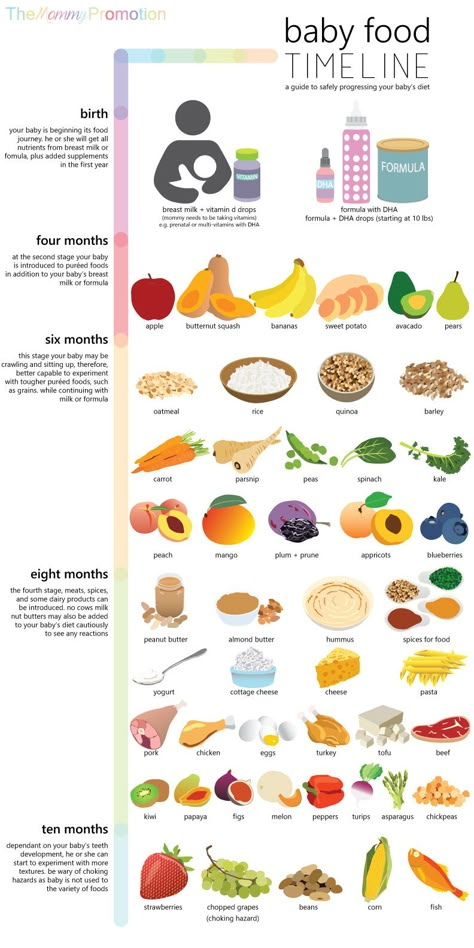
This is important
The second rule in choosing a formula is to focus on a specific age group: formula 2 formula 2 must not be given before six months or one and a half years, formula cannot be replaced with regular milk. After a year, you should also not rush to introduce whole milk: it has few vitamins, minerals, but a lot of protein and fat, and this can cause digestive disorders. From formula 3 formula, a one-year-old baby will receive a significant portion of the daily requirement of nutrients in a form suitable for his small tummy.
Types of infant formula by form
There are two types: liquid and dry. Ready-made infant formulas in liquid form are not widely used in Russia. Powdered infant formula is the most popular. Not only are they economical, their free-flowing texture allows you to measure the exact amount of powder your child needs according to their age. This is a convenient option for both supplementary feeding and full artificial feeding.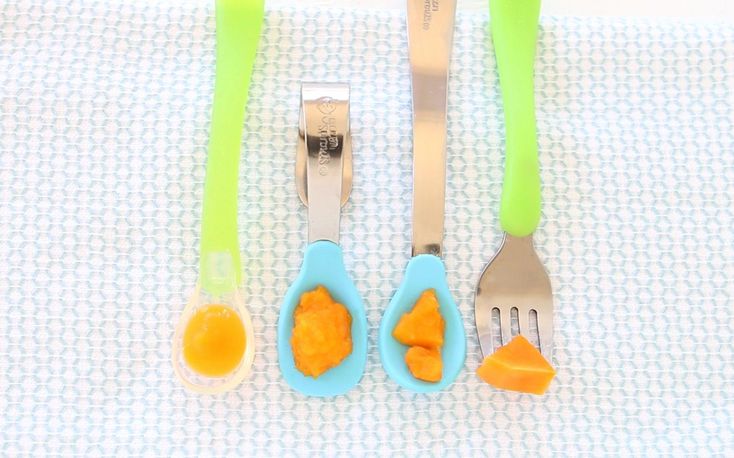 You just need to follow the recommendations of the doctor regarding the volume of servings, and the manufacturer's instructions for diluting the mixture in water. If you add powder in excess of the norm or, conversely, less, this will lead to a change in the concentration of nutrients, which can even be harmful to the health of the baby.
You just need to follow the recommendations of the doctor regarding the volume of servings, and the manufacturer's instructions for diluting the mixture in water. If you add powder in excess of the norm or, conversely, less, this will lead to a change in the concentration of nutrients, which can even be harmful to the health of the baby.
What is contained in infant formula and how they differ in composition
As a rule, infant formula contains four groups of components: protein, carbohydrate, fat, vitamin and mineral. What then distinguishes one product from another? They differ in the degree of similarity of the composition with breast milk and in the number of basic and the presence of additional functional components that have a beneficial effect on child development.
Proteins. Mature breast milk contains about 60% whey protein and 40% casein [2] . In many initial formulas, similar proportions - so the protein is easier to digest.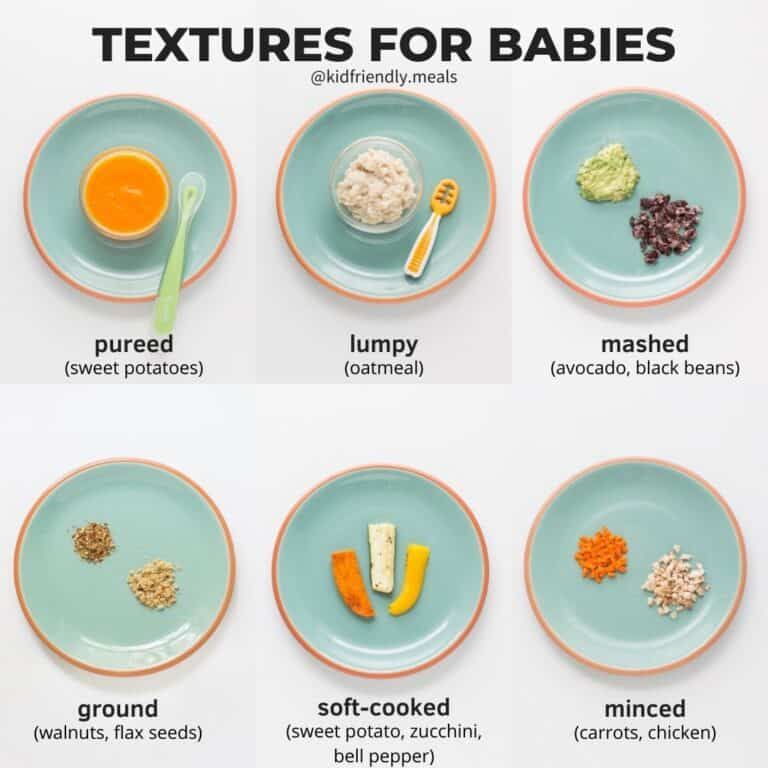 Whey protein in the stomach forms a soft clot that resembles cottage cheese in texture. It is faster and easier to ferment and digest than casein, which takes much longer to digest. In subsequent mixtures, the ratio of proteins of the whey fraction to the casein fraction of 50:50 will be optimal.
Whey protein in the stomach forms a soft clot that resembles cottage cheese in texture. It is faster and easier to ferment and digest than casein, which takes much longer to digest. In subsequent mixtures, the ratio of proteins of the whey fraction to the casein fraction of 50:50 will be optimal.
Note
For better digestion of milk protein, demineralized whey is added to some mixtures. This increases the amount of whey protein and the quality of the protein component. And at the same time, thanks to this, the growth of all body tissues, good weight and healthy kidneys of the baby are ensured.
Fats serve as an energy reserve for the whole organism. Breast milk fats consist of saturated and unsaturated fatty acids, including linoleic and α-linolenic acids - they should be a mandatory component of dry infant formula. Docosahexaenoic acid (DHA) and arachidonic acid (ARA), which are found in breast milk, are used to further fortify formulas.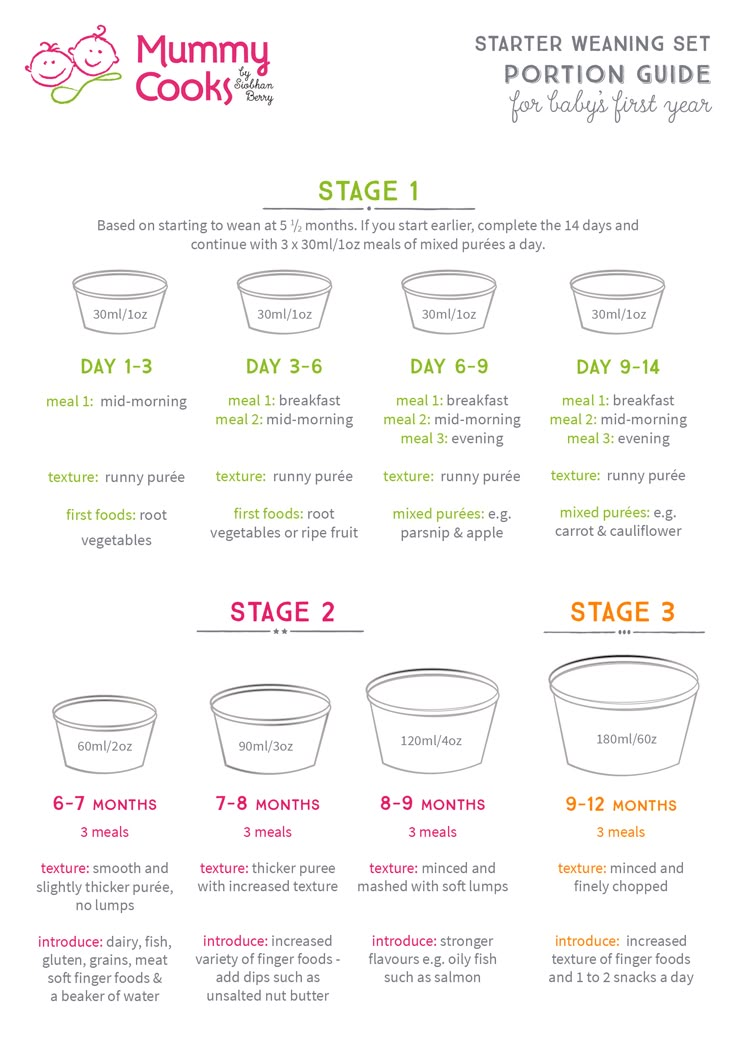 They are important for the development of mental and visual functions.
They are important for the development of mental and visual functions.
To form the fat component of the mixture, vegetable oils are mainly used: sunflower, palm, coconut, soybean, corn and other raw materials.
Interesting
There is a tendency in modern baby food production to use milk lipids instead of palm oil in formulas as a source of useful essential fatty acids, including the “correct” palmitic acid. Such a fatty composition makes the stool softer in artificial children.
Carbohydrates. Most formulas contain lactose (milk sugar, the main source of carbohydrates in breast milk) as the carbohydrate component, which aids in the absorption of macronutrients. There is also a combination of lactose and maltodextrin (it contains a smaller proportion), due to which the baby gets a longer feeling of fullness after consuming the mixture. Also important is the presence in mixtures of prebiotic oligosaccharides (POS), characteristic of mother's milk: together with bifidobacteria, they help resist the growth of harmful bacteria and stimulate the intestines and immune system of a formula-fed baby.
Vitamins and minerals are contained in a certain concentration and ratio. However, due to the reduced digestibility of vitamins from the mixture, they are added to the formula in larger quantities when compared with mother's milk [3].
In infancy and early life, it is especially important that children receive adequate amounts of vitamin D (prevention of rickets), iron (reduces the likelihood of anemia), calcium (strengthens bones and teeth), iodine (involved in intellectual development) and B vitamins (immunity support factor and protection against neurological disorders, sleep disorders, tremors).
Permissible levels of all nutrients in infant formula are regulated by the Technical Regulations of the Customs Union "On the Safety of Milk and Dairy Products" (TR CU 033/2013)[4].
This is important
The third rule in choosing a mixture is to thoroughly study the composition. In addition to essential nutrients, some formulas are fortified with functional ingredients that enhance their quality and benefits, including improving digestion and immunity, developing cognitive functions and developing vision in newborns and infants.
Cow vs goat milk
As for the basis for milk formula, cow milk is more often used than goat milk. Despite the apparent simplicity of choosing the type of milk, its good tolerance is of great importance. This means clear skin without rashes and redness, no colic, no profuse regurgitation and mucus in the stool, as well as excellent appetite and weight gain in the child.
For information
Some children have a poor digestive system for milk protein, but they still accept goat's milk well. If there is evidence of individual intolerance to cow's milk proteins in the family history, then the child can be recommended a goat mixture. However, the identified childhood allergy to cow's milk proteins requires diet therapy using specialized mixtures based on hydrolysis or amino acids.
The fat components also facilitate digestion due to their size: in goat's milk they reach 0.1-2 microns, and in cow's milk - 2-4 microns.

